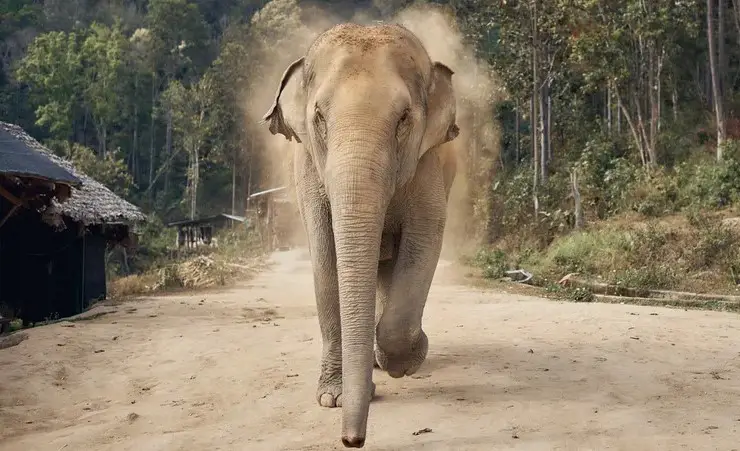A dragonfly fossil was discovered, which once roamed with dinosaurs in jurassic era

When you picture the Jurassic era, it’s hard not to imagine towering dinosaurs stomping through lush landscapes.
But guess what? It wasn’t just T. rex and Brachiosaurus taking center stage—there were also some fascinating little critters flitting around, and one of them has just made a splash in the world of paleontology.
Meet Cymatophlebia longialata, a dragonfly that zipped through prehistoric skies alongside the dinosaurs.

This newly discovered fossil isn’t your average rock; it’s a snapshot of life from 200 to 145 million years ago, a time when dinosaurs were strutting their stuff and Cymatophlebia was busy being a fast-moving carnivore-insectivore.
Imagine a dragonfly darting around, probably showing off some impressive aerial acrobatics. Talk about a scene from a Jurassic blockbuster!
Fossil Details and Features
The fossil, which boasts impressively preserved wings measuring about 7 cm long, may not seem huge—after all, it’s only a tad smaller than the largest living dragonfly species today.
But here’s where things get really interesting: Cymatophlebia belongs to a lineage of insects that included giants.
Some of its ancestors were considerably larger than your average bug, even before the Jurassic period. Who knew dragonflies had such a dramatic family history?

The measurements of this particular specimen are equally impressive.
With an abdomen measuring 72.1 mm and wings designed for swift movement (forewings at 64.0 mm and hindwings at 62.7 mm), Cymatophlebia longialata was clearly built for speed.
One could imagine it zipping past the dinosaurs, maybe even daring them to catch a glimpse of its remarkable flying skills.
Ecological Context
So, what was life like for this ancient dragonfly? Picture a lagoonal environment with shallow waters, where Cymatophlebia thrived in a world that, at times, must have felt like a pre-historic aquatic playground.
With its fast-moving lifestyle, it likely darted after smaller insects and perhaps even snatched a few unsuspecting aquatic creatures.
If there were dragonfly speed-dating events back then, Cymatophlebia would have been the life of the party!
Dinosaurs and Their Era
Let’s take a quick jaunt down memory lane. Dinosaurs emerged around 230 million years ago during the Triassic period, evolving from reptiles, with Plateosaurus among the first large herbivores to take a bow.

For about 165 million years, these majestic creatures ruled the Earth until their dramatic exit 65 million years ago at the end of the Cretaceous period.
But while they were stomping around, life was bustling in the skies and waters as well.

Numerous research investments have recently been made to bring extinct species back to life.
Woolly mammoths haven’t been seen in the world in over 10,000 years, and a group of scientists wants to bring back them using gene-editing technology.
Colossal, a startup, has announced that it has raised $15 million in private funding to bring back thousands of woolly mammoths to Siberia.



































